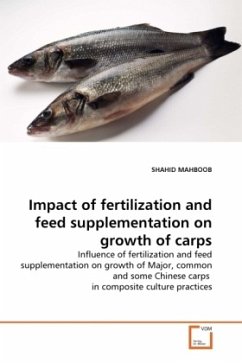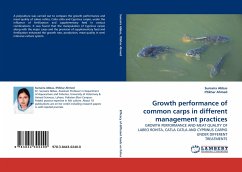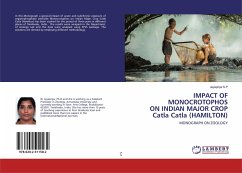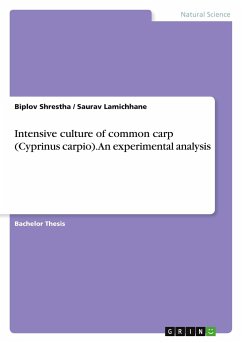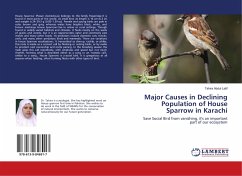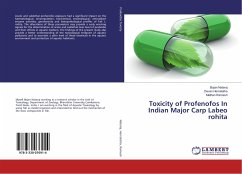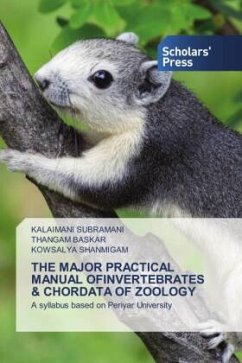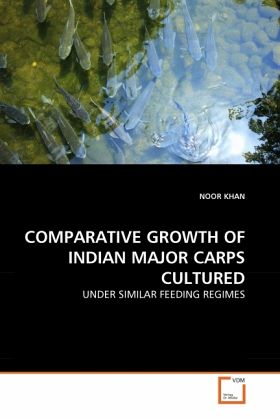
COMPARATIVE GROWTH OF INDIAN MAJOR CARPS CULTURED
UNDER SIMILAR FEEDING REGIMES
Versandkostenfrei!
Versandfertig in 6-10 Tagen
52,99 €
inkl. MwSt.

PAYBACK Punkte
26 °P sammeln!
Indian major carps such as Labeo rohita, Catla catla and Cirrhinus mrigala are the indigenous species of South Asia. They are of greatest economic importance and dominate the natural waters as well as cultivated in public and private sector on extensive or semi-intensive scale. Nutrition and feeding play an important role in the sustained development of aquaculture and the success of the fish farming depends on the provision of the adequate quantities of nutritionally balanced feeds. Supplementary feeding offers the best means of fish production within the shortest possible time in earthen pon...
Indian major carps such as Labeo rohita, Catla catla and Cirrhinus mrigala are the indigenous species of South Asia. They are of greatest economic importance and dominate the natural waters as well as cultivated in public and private sector on extensive or semi-intensive scale. Nutrition and feeding play an important role in the sustained development of aquaculture and the success of the fish farming depends on the provision of the adequate quantities of nutritionally balanced feeds. Supplementary feeding offers the best means of fish production within the shortest possible time in earthen ponds and offers an approach to convert low-value foodstuffs into high quality protein. The Indian major carps easily accept various kinds of feeds offered by the farmer in a systematic and organized way. The goal of studies described in this book was to study different levels of protein diets on the growth, feed conversion, feed intake, feeding frequency and body composition of Indian major carps under semi-intensive system.




